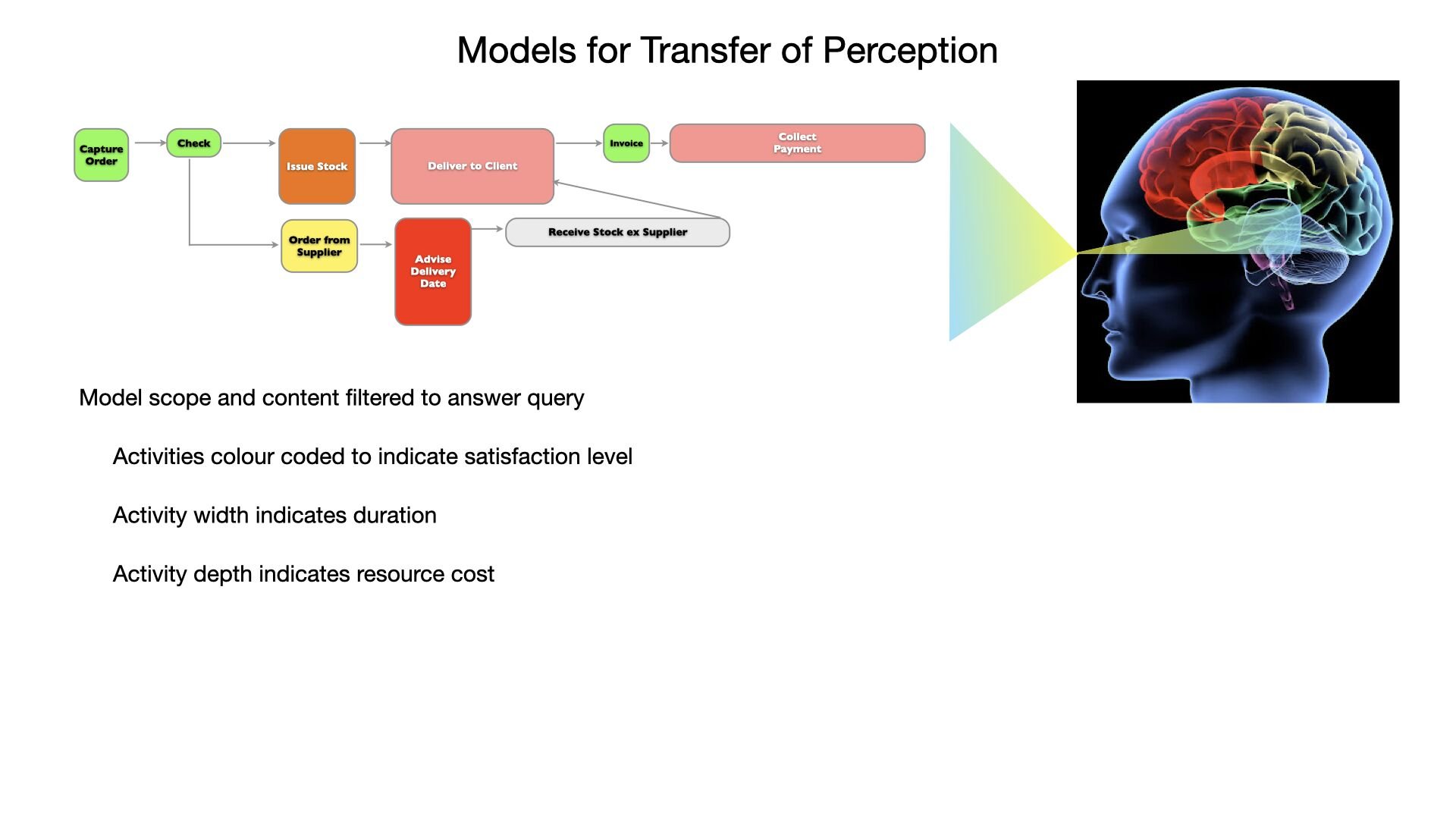Architecture is about change. Not change for change sake. Real change that produces value and leads to Desirable Futures that enhance delivery of value to all stakeholders, incl. customers, employees, shareholders, business partners and society at large. Futures that enhance people’s lives. To deliver that change, what we produce (including the internal ones) have to be delivered at quality. That said, it is surprising how few architects understand Quality Management. This post will explore a few fundamentals.
Quality is not a vague “goodness” it is defined as Conformance to Requirements. OK, but whose requirements? Well, everyone affected. E.g. If we are introducing a new product or service this will include: customers, service personnel, business partners, the organisation (represented from a financial perspective by the CFO), other board members with responsibilities such as compliance, return on investment), regulators, implementors (who design, build, test and deploy the product) and support and maintenance personnel. Requirements include functional aspects: “what must it do?” as well as non-functional aspects: “How should it do it?”. E.g. function: “Generate Energy” and non-functional: “With minimal noise and pollution & at least as efficient as existing options”.
The performance standard is Zero Defects. This means meeting requirements, not perfection. E.g. A power generation service should produce energy 99.99% of the time and be recoverable in < 1hr if it does go down. Provided it performs within these parameters, it is considered “Zero Defect”.
The System of Quality should be Prevention rather than Appraisal. The latter focusses on inspections at the end of the lifecycle to stop bad product/service going out the door. This is necessary, but not sufficient. We need to track down root causes of deviations and eliminate them. This is prevention. Using prevention, we only spend on correcting a given type of error once, reaping recurring benefits on every instance of the process / product / service delivered. Spend on prevention yields continuous improvement. The rate of spend determines the rate of improvement.
The Price of Quality is measured as the Price of Conformance plus the Price of Non-Conformance. The former includes all costs to ensure we do the best job and make it Right First Time. Examples include training, methods, standards, inspections, tools etc. The latter includes all costs incurred because something was not right. Examples are: waste of materials, waste of time, financial loss, consequential damages, loss of reputation etc.
Using prevention, the Cost of Quality is lowest at Zero Defects. This is great news and gives us the empirical rationale for allowing and doing great work. Proof is the remarkable 2-3x improvements in productivity realised by organisations like Hitachi Software and Computer Sciences Corp by focussing on quality and eliminating errors early, i.e. in requirements.







